Zian Cao and Ziyi Liu, two young collectors, founded ZIAN Gallery in Zian’s hometown of Hangzhou in 2022. After two years of preparation, the space is finally opened last week. Living between China, Europe, and the United States and being members of the Guggenheim Young Collectors Council and the Frick Collection’s committee, they chose to establish a globally focused gallery dedicated to contemporary art. ZIAN Gallery is committed to discovering, exploring, and nurturing emerging artists from around the world who explore the theme of nature in art, following the same direction as Zian and Ziyi’s own collection.
In this interview, Zian and Ziyi shared with LARRY’S LIST their reflections on their multiple roles in the art world and their insights on the inaugural exhibition “Jianghu: The Discrete Center” at ZIAN Gallery.

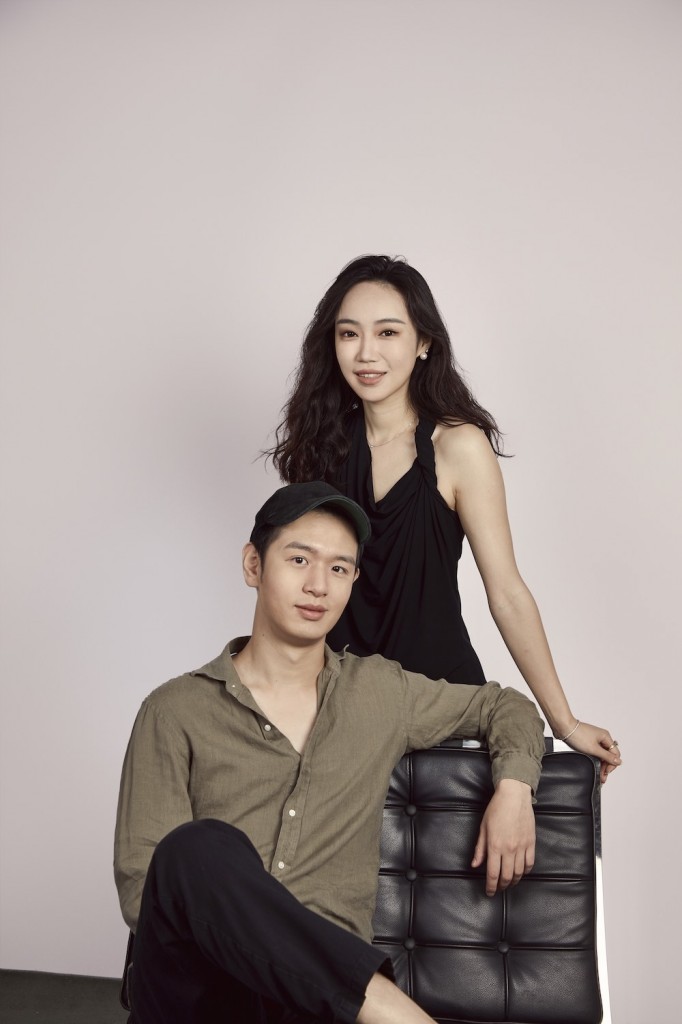
What was your initial motivation for collecting art?
Zian Cao & Ziyi Liu: Art freezes a moment in time amidst the river of time. For example, on the morning of our conversation, we visited a 15th-century monastery in Italy and saw images of flowers and plants symbolizing the emergence of naturalism in the background of religious paintings. You can clearly see the turning point of the era in a scene like this. As collectors, we can participate in art history by collecting and supporting contemporary artists.
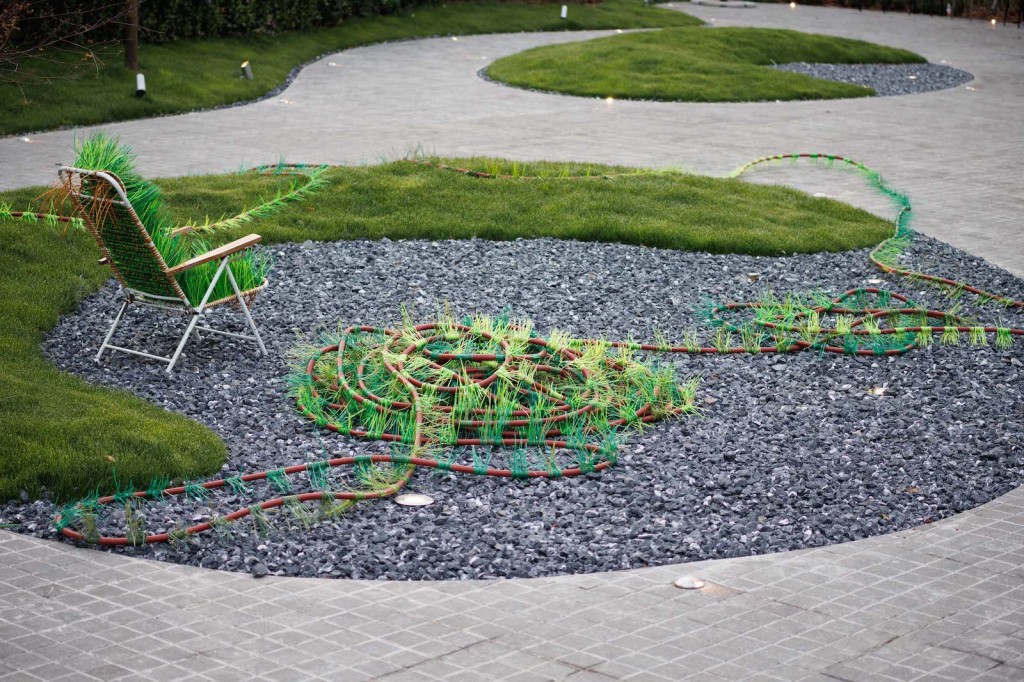
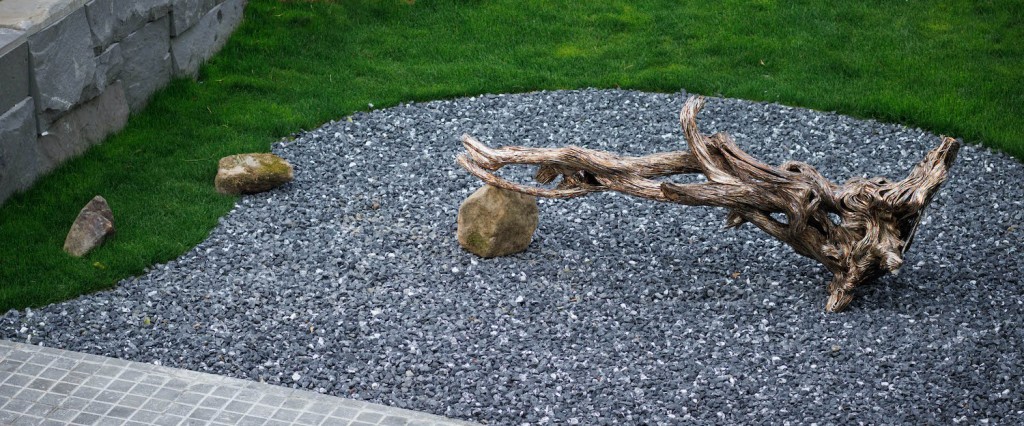
When preparing ZIAN Gallery, what did you put the most effort into? What is the purpose of founding ZIAN Gallery?
Zian & Ziyi: There is an important mission at ZIAN Gallery, which is to provide space for large-scale and unconventional works. The spatial form will be closer to that of a foundation. In addition to the main building, which includes “3 + 1” floors above and below ground, there is also a 1800-square-meter outdoor sculpture garden. Because it is located about a 40-minute drive from the city center in the suburbs, we hope it will be a place where visitors can relax and spend some time.
ZIAN Gallery is located in the Yuhang District, adjacent to the ancient Jinshan Temple, which dates back to the Jin Dynasty. It is a place close to nature. The 1800-square-meter sculpture garden provides ideal conditions for works in unconventional medium. The sculpture garden is a public space, and public spaces are places where encounters occur. It can evoke more possibilities for encounters between art and people and stimulate intellectual dialogue. Also, Zian’s background in sculpture contributes to his personal experience and understanding of space.
Additionally, ZIAN Gallery has a significant advantage in being located in the same city as the art museum BY ART MATTERS. The museum team spent eight years polishing the museum, which is a time frame that is difficult to imagine in mainland China. We also hope that ZIAN Gallery will be a place for long-term operation and deep interaction with institutions.
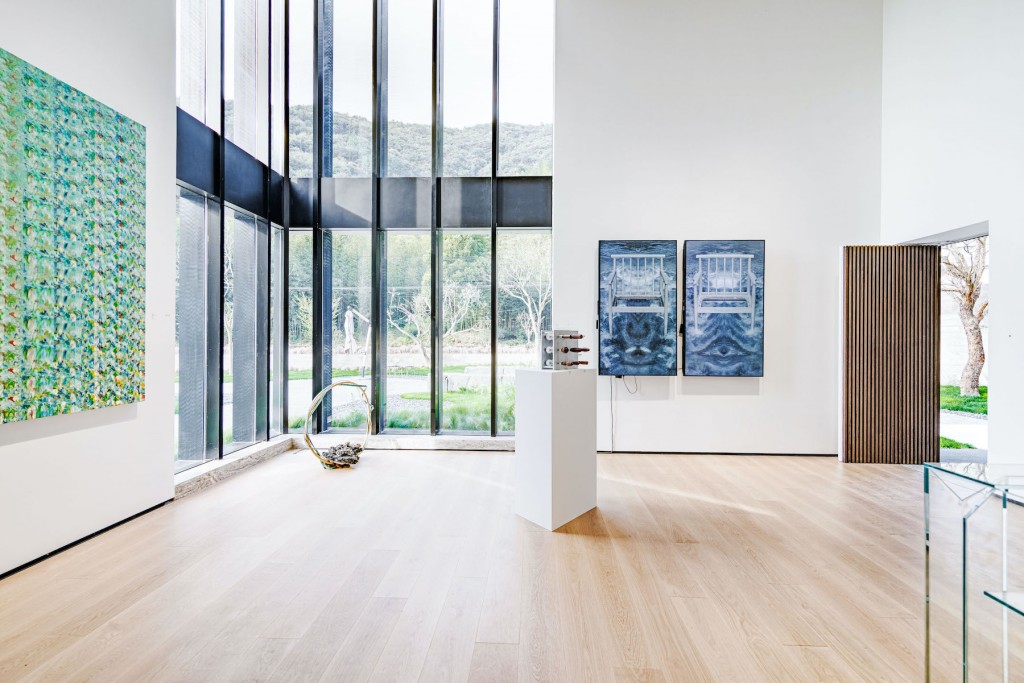
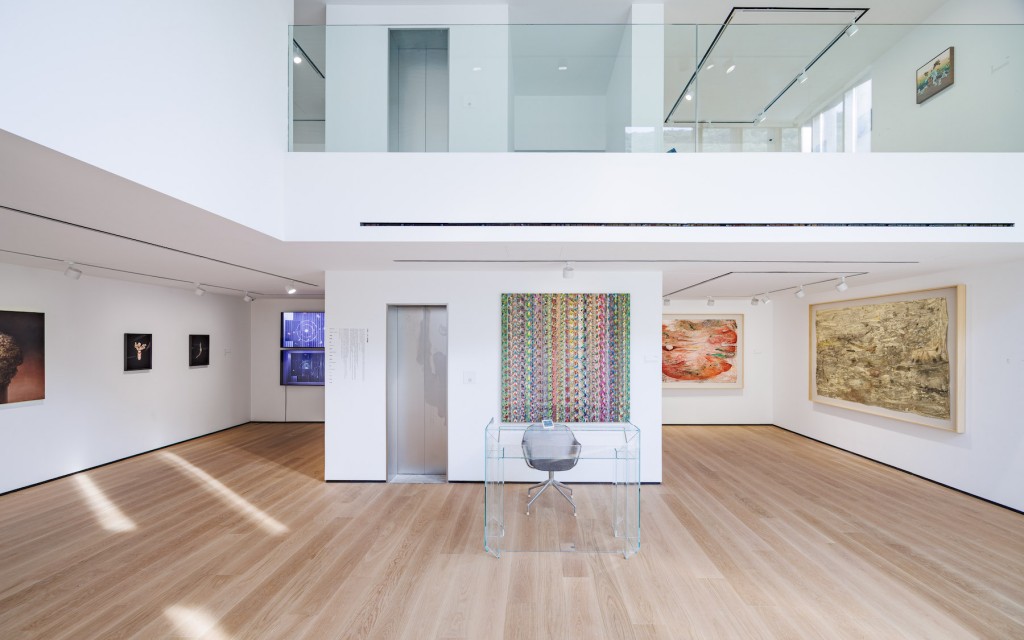
How do you view the concept of “Jianghu: The Discrete Center,” the theme of the inaugural exhibition?
Zian & Ziyi: It is very interesting to do this exhibition in the city of Hangzhou. The literal meaning of “Jianghu” is “rivers and lakes,” and Hangzhou is a place surrounded by nature. Here, there are representative water systems such as the Qiantang River and West Lake. West Lake was originally built as an artificial lake to alleviate the pressure of floods on the city. From another perspective, the art world is presenting a trend of “decentralization” now. Starting from Hangzhou, the so-called “periphery,” we observe the relationship between Hangzhou and Shanghai, other Asian cities, and even New York. Combining our own diverse backgrounds, in fact, contemporary art practitioners in Hangzhou are also part of the global large-scale nomadic state of contemporary art. Through this exhibition in Hangzhou, we hope to get closer to that “center.” By then, will we be part of the center, or will we become a new center? There are many questions to be explored here.
Ziyi: I think the concepts of center and periphery have always been expanding outward continuously. The center becomes the periphery, and the periphery becomes the center. They constitute a nonlinear process of repeated evolution. Therefore, we invited artists with diverse backgrounds to be in this exhibition, and juxtaposed their works not to superficially conform to the theme, but to stimulate new collisions—when traditional Italian oil painters meet Chinese artists influenced by the literati painting spirit, will they blend to create new themes? Has the edge come to the center, or has the center come to the edge?
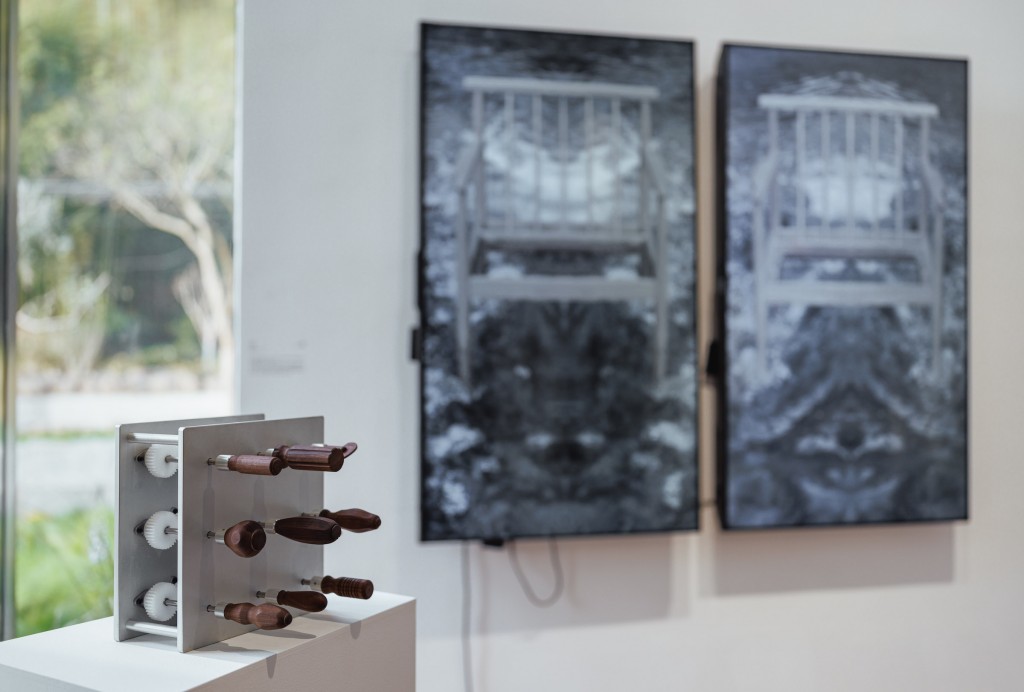
Do you have a common theme in your collection?
Zian & Ziyi: We make decisions guided by the artists’ works. One consistent theme throughout is “nature,” whether it’s the exploration of the microcosm of “human nature” or the exploration of nature in the broad sense, which stands in contrast to artificial civilization, the possibilities are endless. Perhaps this theme in our collection was not initially very clear. But we really enjoy the process of filling in this theme, as if finding clues from a puzzle.
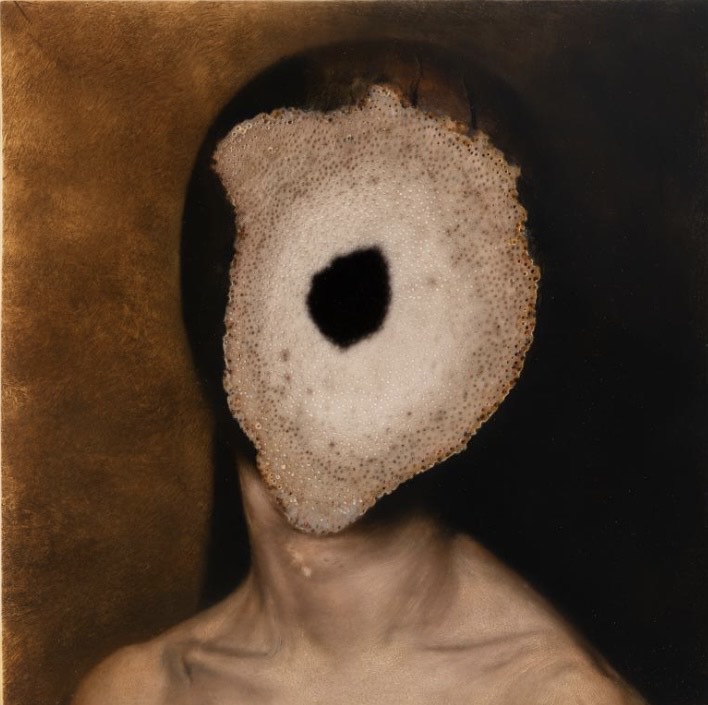
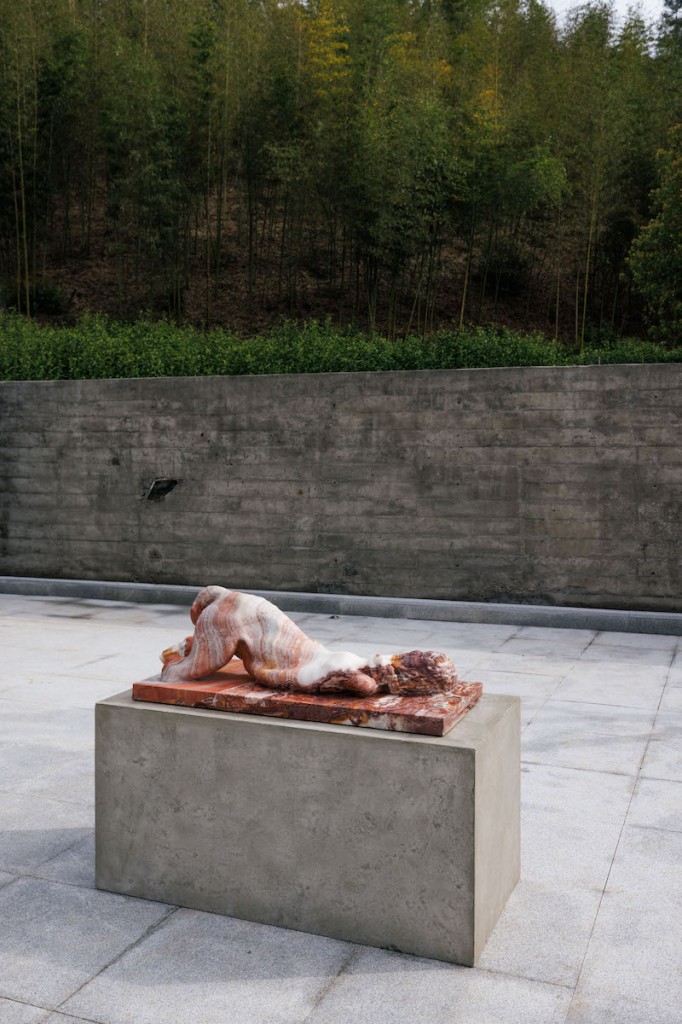
Do you collect works that do not necessarily align with your personal preferences?
Zian: My collection preferences and work interests may be completely opposite. Art can pull people back from a state of work at some point and return to the introspective dimension, and also help people see a larger historical background. For example, I collect works by the Italian artist Nicola Samori (also one of the artists in this exhibition). His works are surreal, gloomy, and quiet, reminiscent of the works of 20th-century masters Lucio Fontana and Alberto Burri. He presents the material scarcity and erosion of matter through the destruction of materials, approaching a non-specific representation of scenes, even more shocking than directly depicting scenes of “cutting hands with knives and letting blood flow.”
Ziyi: The artists utilize materialistic techniques to present the torment and pain of the spirit in sublime forms, effortlessly mastering various Italian painting traditions such as copperplate oil painting. Works by seemingly stylistically divergent artists like Liu Langqing from China and Andrej Auch from Germany also explore the essence of matter and the human spiritual world, deeply analyzing the depth and dimensions of human nature. These are focal points of interest in our collection.

On a global scale, Zian serves as a member of the Guggenheim Young Collectors Council (YCC). How do you view the collecting methods of this institution?
Zian: As the founder of ZIAN Gallery, I also serve as a member of the Guggenheim Young Collectors Council (YCC). Most members of YCC are young, and I chose to join for several reasons: firstly, the Guggenheim is within walking distance of my residence in New York; secondly, I have a great fondness for the Guggenheim’s collections, especially some works from Picasso’s “Blue Period”; and finally, participating in the institution’s work lays the groundwork for operating my own space.
Before joining the Guggenheim Museum and the Frick Collection’s committee, Ziyi and I also researched committees for institutions both domestically and abroad. Due to different operational pressures, Chinese institutions are more adept at achieving short-term goals, while overseas institutions tend to establish long-term collecting plans, conduct systematic research on artists, and initiate the initiative and collective wisdom of committee members to complete this process. The committee holds two votes per year, and the voting results are an important reference for determining whether to collect a work and what exhibition plans may be extended.
How is the Frick Collection’s committee different from that?
Ziyi: Compared to the Guggenheim Museum, the Frick Collection’s collection focuses more on the paintings, sculptures, and decorative arts of Old Masters. Traditionally, the committee emphasizes collecting works by classical masters. However, in recent years, it has gradually leaned towards contemporary art to attract younger talent, with stricter criteria for selecting contemporary artists. For example, last year, the museum juxtaposed a series of Nicholas Party works inspired by Rosalba Carriera with Carriera’s original works; it also juxtaposed works by Olafur Eliasson and Claude Monet from an ecological perspective. The committee’s lectures also touch on non-traditional media such as collecting and conserving earth art. Such activities have been greatly beneficial to us, as collecting is an ongoing process of self-education, which is also the direction ZIAN Gallery will explore in the future.
Find out more: ZIAN Gallery
Instagram: @ziangallery_official/
Interview by Tyra and Edel
Translated by Ballad Liao
Edited by Ricko Leung





